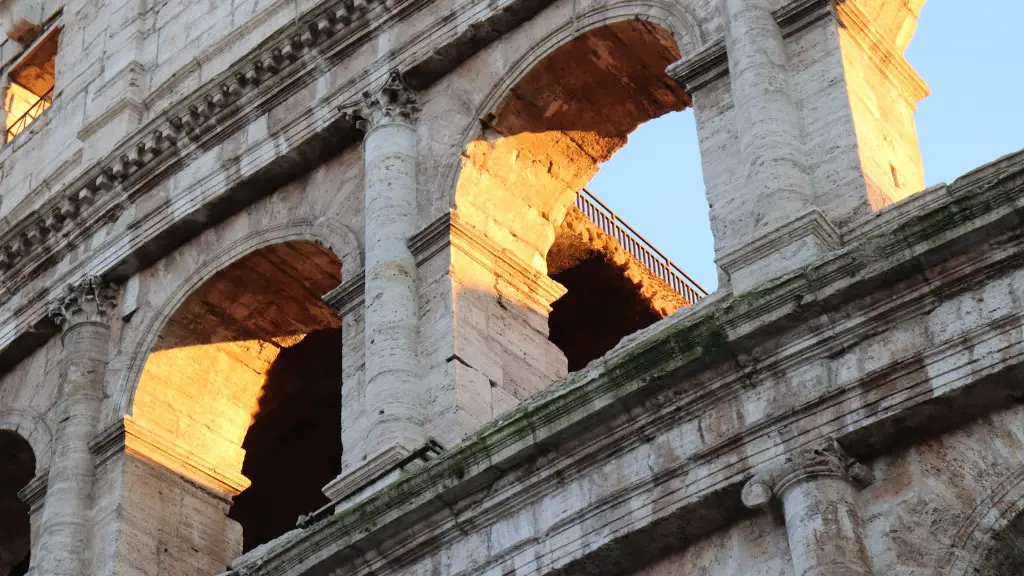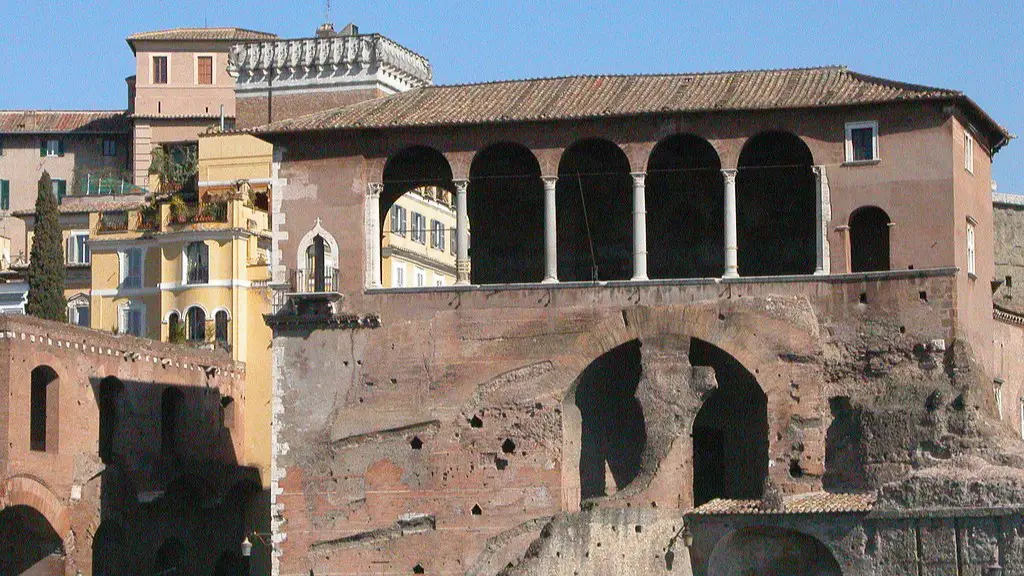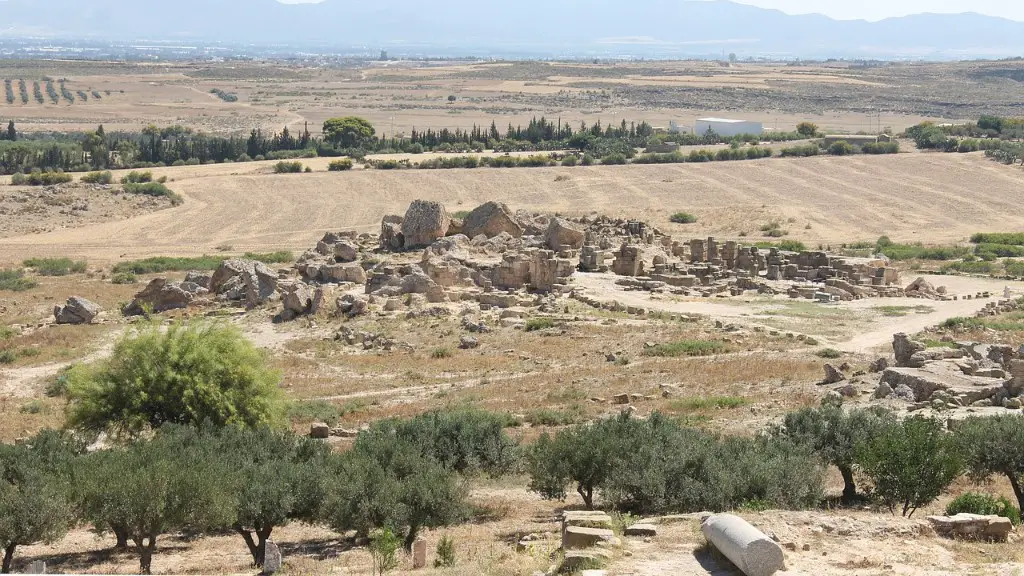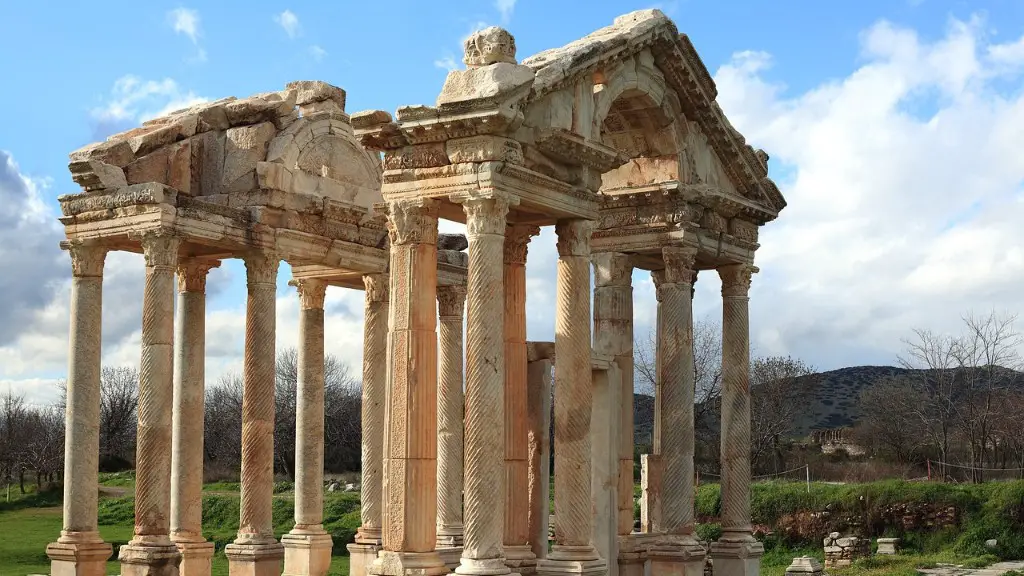Upper Class in Ancient Rome
The upper class in Ancient Rome, also referred to as the patricians, was the ruling class of Roman society. It was a highly hierarchical system with the emperor at the top, then the senators and consuls, then the nobility and finally, the plebeians or commoners at the bottom.The Romans believed that the upper class should be respected and revered, due to their wealth and power, while the plebeians had little to no power and were expected to obey their social and legal superiors.
Patricians were the descendants of the original founders of Rome and were therefore seen as the most noble citizens. They had rights that the plebeians did not, including the right to vote, the right to hold public office, the right to own land and the right to intermarry with other wealthy Roman families.Because of their ancestry, patricians had a sense of entitlement and viewed themselves as superior to the plebeians.
The patricians were expected to have the wealth and power to uphold the Roman Empire. They lived in lavish homes, wearing exquisite clothing and jewelry and participating in lavish parties and celebrations.They owned the majority of the land, enabling them to have control over both the production of food and the trade of goods.The more influential patricians, who held public office, had the power to make laws and decisions that affected the entire population.
The upper class also had a hand in the Roman military and were expected to provide the leadership, resources and soldiers needed to protect the Roman Republic.They were also heavily invested in art, rhetoric and philosophy, creating works of art and literature that were a reflection of the upper class’s lifestyle.
The patricians wielded immense power over the plebeians who, although having the same rights as the upper class in theory, could not effectively exercise them due to the power and wealth of the patricians. Plebeians who wanted to advance in Roman society had to gain the favor of the patricians or risk being shut out of their own success. Plebeians were therefore often trapped in poverty and had no choice but to accept the decisions the patricians made.
Influence on Politics and Society
The influence of the patricians in Ancient Rome was immense. They had the power to shape politics, society and culture as they saw fit.They had the right to stand for and be elected as officials of the Roman state and had the power to pass or override laws. This meant that the majority of laws and policies put into effect were most likely beneficial for the upper class and disregarded the needs of the plebeian class.
The patrician class was also influential in the militaristic aspects of the Ancient Roman society. They had the most power when it came to the recruitment and leadership of the military and thus had a direct hand in the warfare and disputes of the empire.
The patricians also had a large influence on the social and cultural aspects of Ancient Rome. They held large gatherings and festivals in their honor, wore elaborate clothing and jewelry, and were free to intermarry with other wealthy families. This further strengthened their power and influence, as there was a clear distinction between the upper class and the poorer classes in Ancient Rome.
The patricians were also heavily invested in Roman art and literature, creating beautiful works that were reflective of their lifestyle and culture. Other areas in which the upper class played an important role were religion, language, and governance.
How the Upper Class Lost Power
Throughout the years, the power of the patricians slowly began to dissipate as the plebeian class gained more power and rights. This was due to the fact that wealthy plebeians began to rise in status and wealth, making them more equal to the patricians.The plebeians also started to gain more legal rights and opportunities for advancement, diminishing the power of their ruling class.
The patricians were gradually forced to share their power with the plebeians, leading to the development of the Roman Republic. This marked the end of the patrician class’s influence and power, as their laws and policies had been replaced by those of the newly formed government.
The decline of the patricians can be attributed to several factors. It can be argued that the sheer number of plebeians and their demand for equality was one of the main factors behind the downfall of the ruling class. It can also be argued that the rise in technology, trade and social mobility made it easier for plebeians to accumulate wealth and gain power.
The decline of the upper class was also attributed to the increased popularity of Christianity in Ancient Rome. Christianity spread rapidly throughout the Roman Empire, resulting in a decrease of support for the upper class’s pagan beliefs. This had a massive impact on the influence of the patricians.
Conclusion
The patricians of Ancient Rome were the upper class of society who held immense power and influence over the plebeians.The power of the patricians began to decline as the plebeian class gained more influence and rights, leading to the formation of the Republic. The decline of the patricians can be attributed to several factors, including the sheer number of plebeians, the rise in technology and trade, and the rise of Christianity.



